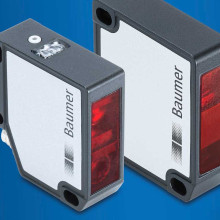In view of increasingly individual customer requirements and smaller batch sizes, food and beverage manufacturers in high-wage countries are left with only one sufficient solution Process automation competitive. A performant and robust sensors is necessary here so that the systems become transparent. The is an unbeatable helper for the phase separation of food, water and cleaning liquid conductivity sensor "Combilyz" by Baumer.
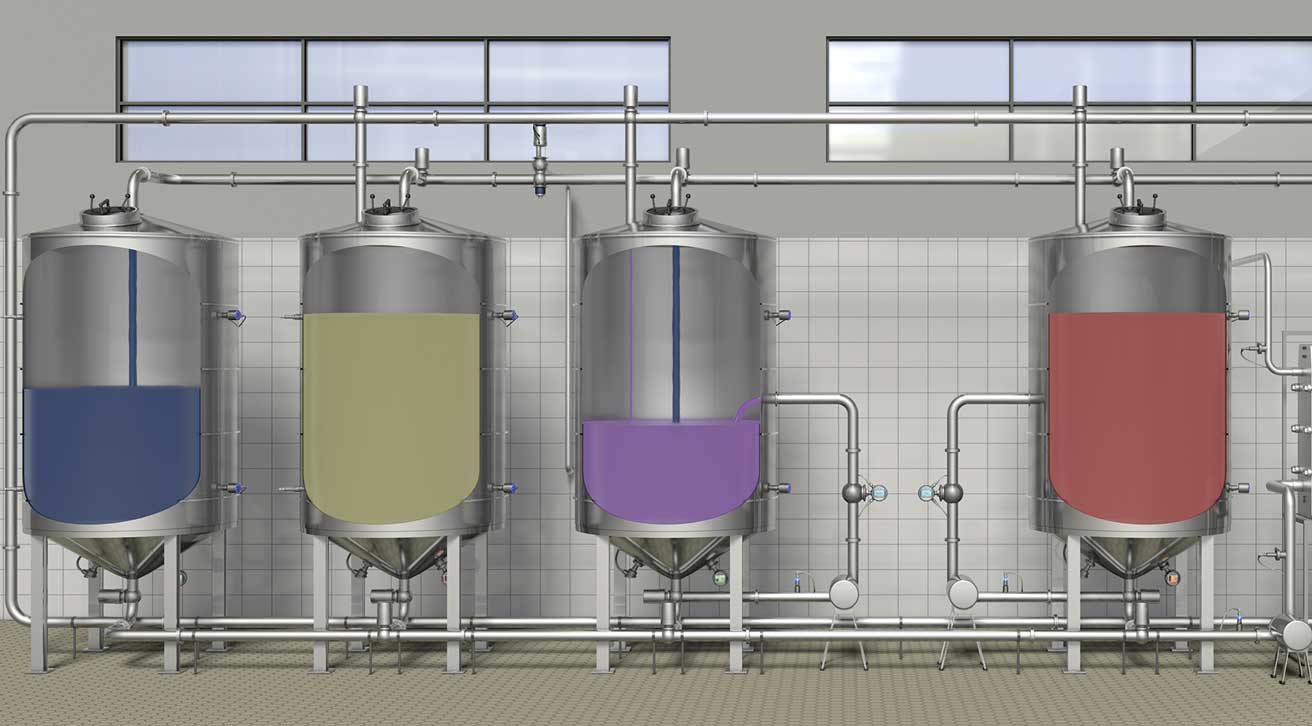
Contents
- Efficiency in process automation at Arla Foods increased significantly
- Fast conductivity sensor saves 100.000 liters of water at Granarolo
- FAQ
Efficiency in process automation at Arla Foods increased significantly
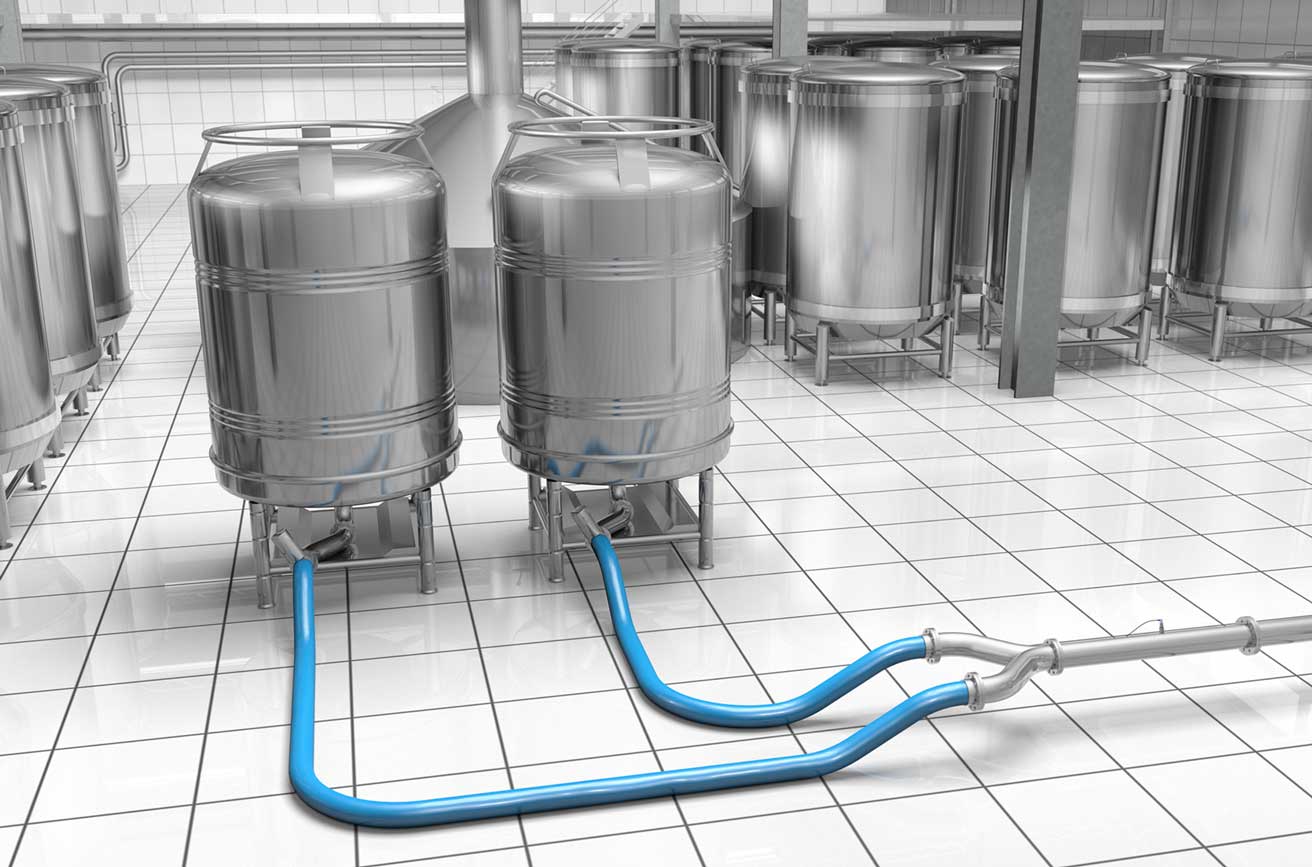
March 10.03.2020, XNUMX | Baumer's Swiss sensor experts work closely with their customers to create the right sensor solution for their problems in food and beverage production. Such collaborations often result in long-term cooperation partnerships in automation, such as those with the world's largest dairy Arla Foods. In automation technology, the Combilyz AFI conductivity sensor helps save up to 1 million liters of media per measuring point during phase separation during clean-in-place cleaning (CIP).
 Parameterization software for IO-Link sensors for the Moneo platform
Parameterization software for IO-Link sensors for the Moneo platform
And with the newly developed Level Switches Cleverlevel PL20 Air Trigger manufacturers of fruit yoghurt can precisely control the change of containers with added fruit and reduce waste in the process technology to a minimum. In addition, the associated avoidance of downtimes increases the effectiveness of the system significantly. But how exactly do sensors contribute to these significant improvements in process automation?
Conductivity sensors save up to 1 million liters of media
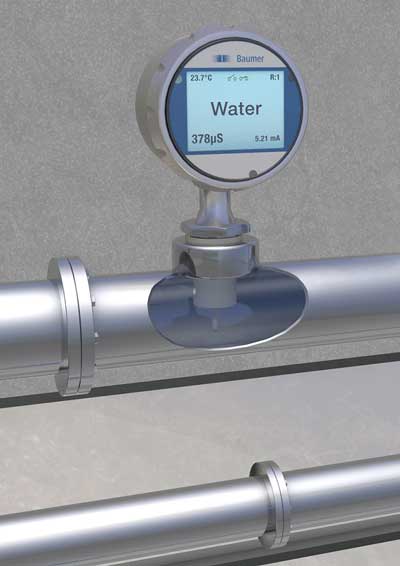 The CIP allows beverage manufacturers to remove residual particles and germs in their systems without having to disassemble them. Such cleaning operations are undoubtedly necessary in automation, but at the same time place high demands on process efficiency. Because the process can consume large amounts of resources such as product water, cleaning agents and time. Is the Cleaning process, cannot be produced on the system. So how can the time and resources involved in cleaning in automation be reduced while maintaining hygiene standards?
The CIP allows beverage manufacturers to remove residual particles and germs in their systems without having to disassemble them. Such cleaning operations are undoubtedly necessary in automation, but at the same time place high demands on process efficiency. Because the process can consume large amounts of resources such as product water, cleaning agents and time. Is the Cleaning process, cannot be produced on the system. So how can the time and resources involved in cleaning in automation be reduced while maintaining hygiene standards?
The CIP means more or longer not more hygienic. A precise dosing of the cleaning chemicals and water as well as the correct cleaning speed ultimately leads to a result that is just as clean as an over-cleaning. But that is much more efficient and safer. As simple as this knowledge is, the practical implementation has long been difficult. Because the precise phase separation requires reliable media detection.
The Conductivity sensors von Baumer take responsibility here. Due to the different properties when conducting electricity, it detects which liquid is currently running through the system and in what concentration. The only problem: Not only the type of liquid, but also its temperature influences conductivity. An effective detection solution therefore requires a sensor that responds quickly and flexibly to temperature changes.
With the Combilyz AFI conductivity sensor, the sensor specialist has this problem in the process industry solved. In addition to reliable media detection, this sensor offers extraordinarily fast temperature compensation. The already short response time can even be reduced to zero if you combine the conductivity sensor with a flow and flow sensor temperature sensor like Flexflow.
This is easy to implement because Baumer has sensors IO-Link can communicate with each other bidirectionally via the control, this is easy to implement. The measured values of one sensor can thus be used in another sensor. This enables complex measurement tasks to be solved or processes and production sequences to be optimized.
The use of detergents and water in the process industry can be reduced to the amount actually required and the phase separation can be controlled based on reliable sensor data.
Air detection for complete container changes
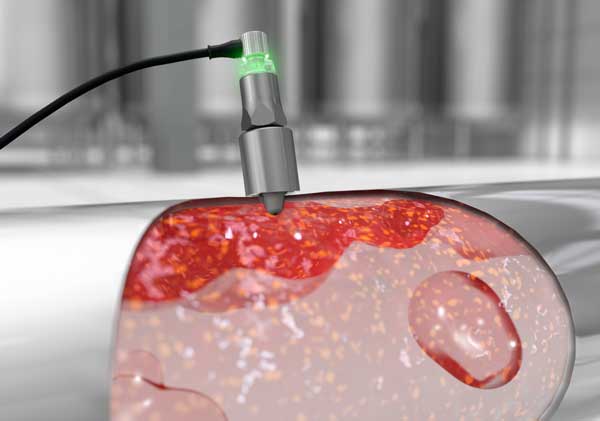 Within the Production of fruit yogurt Until recently, manufacturers faced a major problem. The high number of different types no longer allows a dedicated system and therefore constant processes to be operated for each type. Systems therefore have to produce several types, the engineering has to be changed. The respective fruit additives are brought in by exchangeable containers. For this system to work cost-effectively, the fruit additives in each container ideally have to be completely used up.
Within the Production of fruit yogurt Until recently, manufacturers faced a major problem. The high number of different types no longer allows a dedicated system and therefore constant processes to be operated for each type. Systems therefore have to produce several types, the engineering has to be changed. The respective fruit additives are brought in by exchangeable containers. For this system to work cost-effectively, the fruit additives in each container ideally have to be completely used up.
But that was the difficulty of these applications, because for a long time there was no way to measure the exact fill level of the containers. Due to the viscosity of the media, conventional sensors had difficulty correctly detecting the air content and thus the empty level. They often sounded the alarm too early when the first pockets of air came out of the container but it was not yet completely emptied. this leads to Waste of several kilograms Fruit per container, which can quickly add up to tens of thousands of euros in unnecessary costs per year.
It gets worse: The sensors do not notice the empty state and let the system continue to run with an empty container. This causes nitrogen to get into the pump, which results in a long maintenance process. Up to 15 min standstill are the result - a period in which thousands of cups of yogurt could otherwise be produced.
In cooperation with a leading German manufacturer of dairy products, Baumer therefore developed a sensor for air detection Air trigger function. The sensor is attached to the supply pipe in front of the pump and reliably and quickly measures air in all types of liquids - viscous or sticky across the entire measuring range. This means that the sensor immediately detects that the container is empty and enables the exact switchover to a full container. As a result, the efficiency and sustainability of production could be increased.
Modification and networking of the sensors
The Arla Foods Meanwhile, Flexflow sensors help to minimize the energy consumption of the production facility in Falkenberg, Sweden. The flow sensor is attached there at critical points on the components of the heating and cooling systems. Because the Flexflow measures temperature and flow rate at the same time, Arla can use it to precisely monitor the energy consumption of the systems and thus bring about improvements in the energy balance.
"For our customers, our sensor solutions result in an immense return of investment," says Stephen Blust, Global Business Manager Food & Beverage. “This confirms our approach of developing the products specifically for the application.” Through engineering in the form of individual modifications of existing products and their networking, Baumer will in future expand its portfolio with sensor solutions that increase food safety and cost efficiency.
"Food safety is of course the most important goal of process automation in the Food industry, but at the same time the manufacturers must of course maintain or improve their competitiveness ”, says Stefan Blust. "That is why we are working hard on solutions that help manufacturers combine the two."
Fast conductivity sensor saves 100.000 liters of water at Granarolo
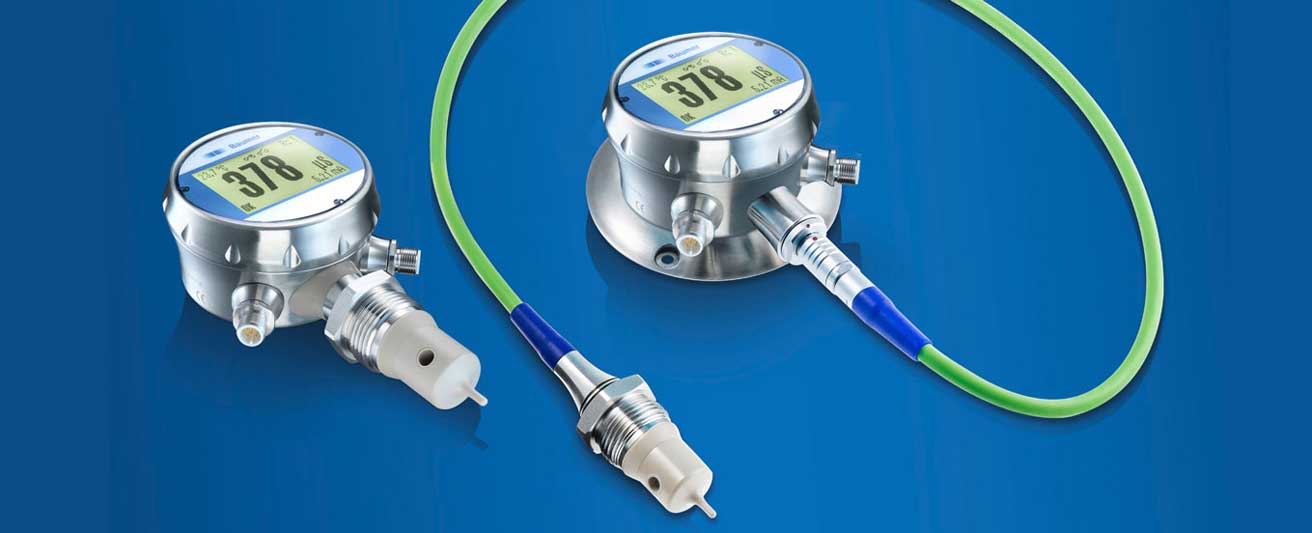
October 31.10.2019, XNUMX | Milk, water, lye, water, acid and water again: rinsing a system for processing and filling food (Clean in Place, CIP) follows a sophisticated choreography of process steps in which different liquids alternately flow through pipes and tanks. Unbeatable helper phase separation of food, water and cleaning liquid is the “Combilyz” conductivity sensor from Baumer.
The media mentioned above cost money, pollute the environment and should therefore be used and recycled as sparingly as possible. The Combilyz measures the electrical conductivity of the medium flowing past with high precision and draws conclusions about the type of medium and its concentration. It is faster than comparable sensors on the market: thanks to the short response time of the temperature compensation, the exact measurement for conductivity is available in just 15 s, instead of 50 s as with sensors from other manufacturers. This can be done earlier accordingly steering react and separate the individual phases by switching valves.
Overall system efficiency increases thanks to conductivity measurement
“Calculations show that food processing companies can save considerable costs for water and cleaning agents in the clean in place process with the Combilyz conductivity sensor,” emphasizes Stephen Blust, Industry Manager Food + Beverage at Baumer. This increases the overall equipment effectiveness (OEE) significantly. Granarolo, the largest milk processing company in Italy, shows how great the savings potential is.
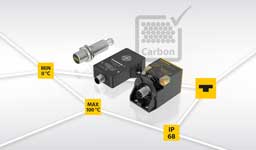 Inductive sensor detects carbon for the first time in the world
Inductive sensor detects carbon for the first time in the world
At its factory in Bologna, tanks, pipes and heat treatment systems are flushed up to 30 times a day. “Thanks to the rapid temperature compensation of the Combilyz, we save more than 100.000 liters of water per year at each measuring point,” explains Bruno Landuzzi, the person responsible for maintenance and pasteurization at Granarolo. If you would like to know what savings are possible in your company, you can calculate this using Baumer's CIP savings calculator.
The Secret The fast temperature compensation of the Combilyz AFI is its cap made of peek plastic in a one-piece hygiene design. It contains the inductive sensor elements for conductivity measurements and the temperature sensor. The sensor tip has a low thermal mass and a low heat transfer resistance, which means that the temperature sensor reacts very quickly to even large temperature fluctuations. Only sensors with a two-part cap, where the temperature sensor is under metal, are faster. But many temperature changes gnaw at the transition between Plastic and metal, which is why these sensors fail more often and are not food safe.
Usability "Beyond the Standard"
The short response time but is just a special feature of the Combilyz AFI. This version is also very user-friendly. The colored touch display makes parameterization easier. And any display colors can be assigned to the freely definable conductivity range, for example blue for water and red for acid. This means you can see from a distance which medium is currently flowing through the line. The sensor transmits its measured values via a 4…20 mA interface with an optional Hart protocol.
 Level sensor with IO-Link for the IIoT
Level sensor with IO-Link for the IIoT
In addition to the standard Combilyz AFI4 version with the complete sensor in one housing, there is also the Combilyz AFIXNUMX for tight spaces Combilyz AFI5. There, the sensor element and display are separated and connected via one Cables tied together. This makes placement easier. No matter which variant the operator chooses: both are made of stainless steelcasing to protection class IP69K, so they are protected against high-pressure steam cleaning.
FAQ
What is a conductivity sensor?
A conductivity sensor is a sensor that measures the ability of a liquid to conduct electrical current, which provides conclusions about its Ion or salt content allowed.
What is measured in conductivity?
Conductivity measures how well a solution works conduct electrical current can, which indicates the concentration and mobility of the dissolved ions in the solution.
Why do you measure conductivity?
You measure conductivity to get information about it Ion concentration in a solution, which is important for monitoring water quality, controlling chemical processes and assessing the purity or contamination of liquids.
What are the advantages and how does a conductive conductivity sensor with 4 electrodes work compared to 2 electrode systems?
A conductive conductivity sensor with four electrodes offers a improved accuracy and stability compared to traditional two-conductivity electrode systems. In four-electrode conductivity measurement, two electrodes are used to supply a current and two more are used to measure the voltage. This arrangement minimizes the influence of electrode polarization and edge effects, resulting in more precise conductivity measurements, especially in solutions with low ion concentrations.
You might also be interested in...

encoders | Industrial Ethernet and Industry 4.0 encoders
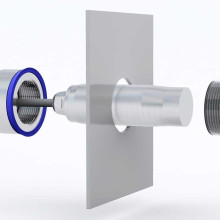
Ultrasonic sensor | For distance, distance and level
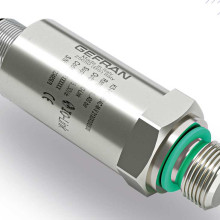
Pressure sensors | Pressure measurement technology goes digital

Baumer Group builds new innovation center in Frauenfeld
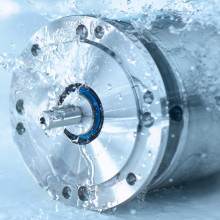
Rotary encoders for axes in drives, machines and systems
